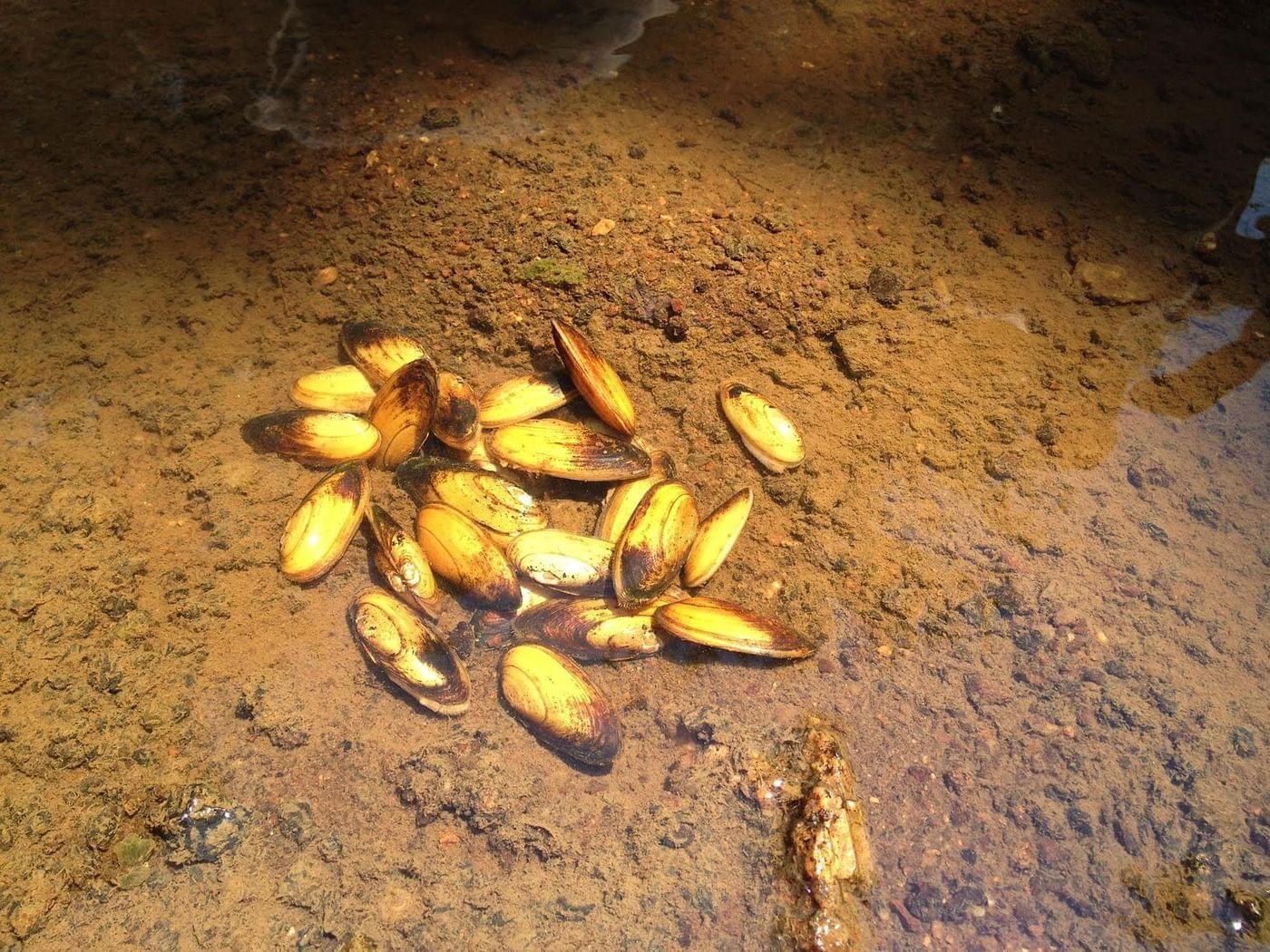As part of the Complete I-540 settlement, the NCDOT agreed to provide funding to establish and operate the Yates Mill Aquatic Conservation Center (YMACC) to propagate, culture, and restore freshwater aquaticspecies, focusing on native freshwater mussels, snails, and other species impacted by the road project. The YMACC is an NC State University owned facility that is tasked with conducting research, education, and outreach for supporting and advancing aquatic species conservation in the state. The articles of the settlement agreement for these species outlined a 10-year funding arrangement for operation and maintenance of the YMACC facility (no. 21) and six corresponding research projects (nos. 22, 23, 24, 25, 26, and 27) that were each intended to coincide and be conducted in conjunction with YMACC production and restoration activities. These six research projects have overlapping laboratory and infrastructure needs with outcomes from initial projects that play a significant role in guiding methodology and direction of corresponding projects. This proposal incorporates two of the research projects that were to be conducted (nos. 25 and 26), according to the settlement agreement. The Atlantic Pigtoe, Dwarf Wedgemussel, Yellow Lance, and Tar River Spinymussel are four imperiled mussel species whose habitats lie within and may beaffected by construction in the I-540 project area.

In order to address conservation needs for these species, tools must be developed that will allow researchers and natural resource managers to examine and monitor their health, including genetic fitness. In this project, we propose to analyze the current genetic diversity, population structure, and effective population sizes of these four species using molecular markers (single nucleotide polymorphisms, SNPs). These SNPs will then be used to establish standardized panels for each species that can be used to monitor genetic diversity and hatchery contribution as populations are augmented or reintroduced. We will also examine the overall fitness of the four target species within priority watersheds and hatcheries (YMACC and NC Wildlife Resources Commission Conservation Aquaculture Center) by examining microbial, fungal, and viral communities through the use of histology and genetic sequencing, and using the field of “-omics” ( metabolomics, proteomics, transcriptomics) to define and compare levels of fitness between and within wild, restored, and hatchery held populations and individuals. After establishing a baseline of health and fitness, we will develop a suite of biomarkers and mussel health metrics that can be used to assess the health and fitness of mussel populations and that can be used to inform quantitative conservation targets, management actions, hatchery operations, and species restoration efforts.
